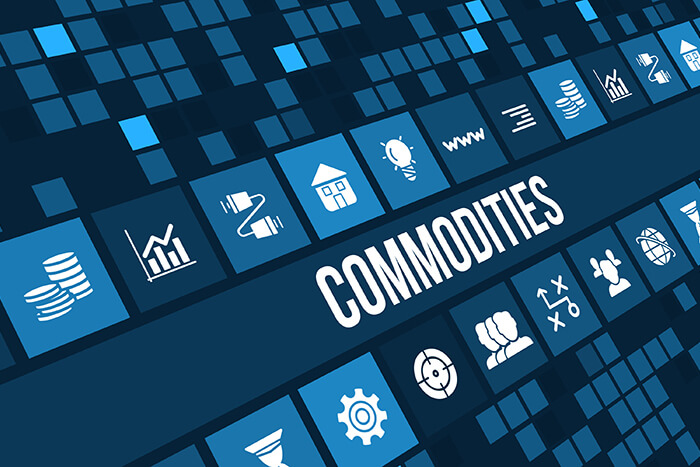
While building cross-fencing in a large pasture this last weekend, several things crossed my mind, including $8-plus per bushel corn, why I wasn’t planting corn and the development of newly irrigated lands.
Thinking it was a good idea a couple of years ago, I converted some high-yielding corn ground to permanent rotational pasture. Although still committed to the pasture and developing a pod irrigation system on it, I’m naturally questioning my own wisdom for this conversion and wonder if my irrigation system investment might be better spent on a system more flexible for row crops in case I want to convert back.
Unprecedented high commodity demand causing commodity price spikes is more good news for the irrigation equipment industry. Temporarily setting aside supply and capacity constraints within the industry, the Irrigation Association’s recent economic impact study predicts industry demand for crop irrigation equipment will increase from $2.3 billion in 2020-21 to approximately $3.6 billion for 2022-23, an increase of over 53% due to high commodity prices. Across this increase, expenditures for expansion, upgrades and replacements would be expected to increase 40%, 80% and 47%, respectively. However, the speed at which the industry can respond would seem uncertain, although I have little evidence to support this. These strong demands are sure to carry into the 2023 crop year because the underlying fundamentals don’t appear to be changing soon. There is a good probability that when prices inevitably decline, they won’t dip to pre-2021 levels. Regardless, these high prices are already being capitalized into land prices and cash rents.
Unprecedented high commodity demand causing commodity price spikes is more good news for the irrigation equipment industry.
From my Missouri River basin perspective, it’s easy to envision an even greater increase in irrigation’s rate of adoption in previously non-irrigated areas. Viewed as crop insurance, with $7-$8 corn, a Midwestern farmer would only have to see an annual increase in expected yield of about 10-15 bushels per acre to pay for the system under typical financial terms. Given the weather variability experienced over the last five years, this incremental yield increase seems to be locked. At $3.50, expected yield needs to increase by twice that much. That’s doable in the western portion of the Corn Belt but maybe a bit iffy in other areas. Of course, in some years it probably won’t pay at all, but it may conversely help farmers avoid future disasters in our climate-uncertain environment. I’ve written before about the ability for irrigation to facilitate three crops in two years, at least in my neighborhood — corn the first year, followed by triticale or wheat in the fall and then followed by either soybeans or short season corn. Irrigation can provide sorely needed soil moisture to get late planted third crops going.
To the degree there is a learning curve and potential earth work associated with beginning irrigation, it would appear technology-equipped sprinkler systems might be the most rapid method of minimizing the learning process and otherwise achieving desired results. For those near bottomlands and gentler slopes, a gravity system may be a less capital-intensive route to becoming an irrigator, even with a learning curve.
8280 Willow Oaks Corporate Drive | Suite 630 | Fairfax, VA 22031
Tel: 703.536.7080 | Fax: 703.536.7019
HOME | ABOUT US | ADVERTISE | SUBSCRIBE | CONTACT | PRIVACY POLICY | IA ANTITRUST STATEMENT